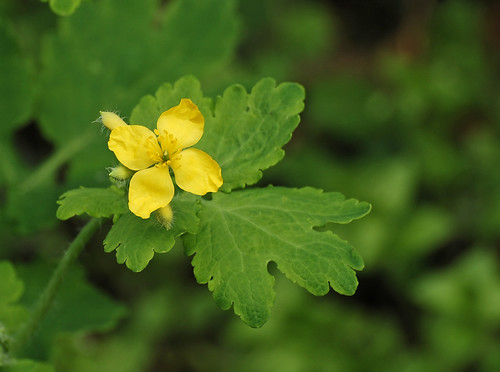A combination of the recent rains and the rising temperatures we’re getting now is creating ideal conditions for wild flowers. Any piece of uncultivated land is starting to bursting forth with flora which in turn is providing food and cover for flies, bees, beetles, butteflies and a plethora of other insect life. Which is also good for the birds, small mammals and other predators, and so on up the food chain. And on top of that it’s lovely to look at. So here’s a selection of flora currently blossoming in my patch of East Anglia:

Ground ivy – Glechoma hederacea
I like ground ivy because it occurs early in the year, first appearing in March, but like many other phenological phenomena it may now be happening earlier. It creeps across the ground, like ivy, forming carpets of blue flowers and with the green and red leaves it adds lots of colour to the undergrowth. It has numerous names and here are a few from the Royal Horticultural Society website: Devils candlestick, creeping charlie, crows guts, wild snakeroot, hens and chickens, gill-go-by-the- street, and my favourite: ale gill.
Another creeper which grows across the ground and in hedgerows and which has lovely blue flowers is the periwinkle. There are two types of periwinkle, the lesser (Vinca minor) which may have been introduced to the UK and the greater (Vinca major), which was introduced (both according to my wild flower guide).
I’m a tad confused by this flower because they are meant to have 5 petals but this one only has 4. It is also known as creeping myrtle, cut-finger, flower of death (!), grave myrtle, and sorcerer’s violet, among others.
Sprouting next to this periwinkle flower was a nascent white deadnettle, Lamium album. It normally has white flowers which haven’t yet arrived, but the closed buds are visible below the crown. Everything is very green at the moment because of all the rain and looks beautiful against the red wing cases of the ladybird .

White deadnettle about to burst into bloom

Greater celandine, Chelidonium majus
It is thought the greater celandine is named after the swallow (‘khelidon’ is Greek for swallow) and it’s a member of the poppy family. When the stems are broken they ooze a latex sap which is as yellow as the flowers, and the colour can be as deep as orange. It contains a host of alkaloids which confer therapeutic properties but it can also be toxic. It is also known as cocks foot, sight wort and wart wort as the sap has been applied as a treatment for warts. I’m not sure where ‘sight wort‘ comes from, but if it burns off warts I wouldn’t want it anywhere near my eyes!

Cow parsley – Anthriscus sylvestris
As far as I know cow parsley doesn’t have medicinal properties and according to Wiki it’s not pleasant to eat. But I think the flowers are lovely and they bring back childhood memories of running through the woods in springtime when the cow parsley or ‘keck‘, as it was referred to by my Dad, was as tall as me. There’s nothing quite like a forest floor which is full of cow parsley, in it’s own way it’s as iconic as blue bells. It’s also known as wild chervil and Queen Anne’s Lace.
At the end of my flower finding mission I was looking for a ground ivy flower head and I found this little beauty, and just as I was just about to open the shutter a beefly zoomed in to sip the nectar. Flower pictures can benefit from some insect action and I like beeflies, so this was a highly serendipitous encounter!
Erratum: Maggie from ‘http://www.intouchwithnature.co.uk‘ has pointed out that the last flower with the beefly on is in fact red deadnettle – not ground ivy. So a big thankyou to Maggie for keeping me honest with my plant identification 🙂





